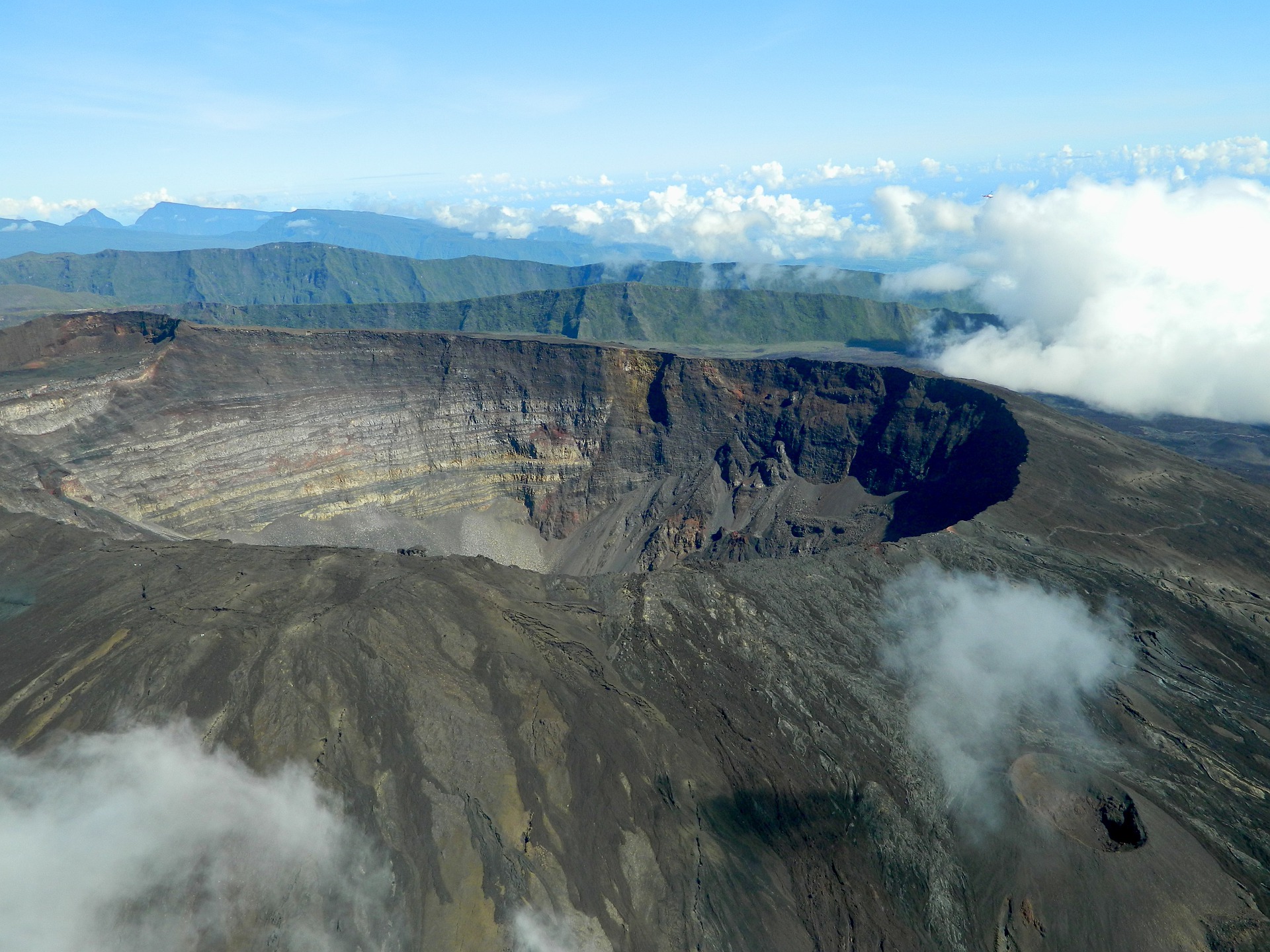RALI-THINICE: AN ATYPICAL OBSERVATION CAMPAIGN AT THE NORTH POLE!
Last August, the RALI-THINICE measurement campaign took place in Svalbard. It aims to study the dynamics of Arctic lows and polar tropopause vortices, as well as their interactions with cloud microphysics, surface disparities and in particular sea ice. A better understanding of these processes is expected to improve numerical weather prediction in the Arctic and to provide a better understanding of the rapid sea ice loss events that affect the Arctic ice field in summer.
The project is based on the comparison of numerical weather prediction simulations, satellite observations (such as CloudSat and CALIPSO) and aerial observations made during an international field campaign in Svalbard involving American, French and British teams. The field campaign involved two instrumented research aircraft. The ATR42 aircraft operated by SAFIRE (the French facility for airborne research) was equipped with the RALI remote sensing platform, which is composed of a Doppler cloud radar, a high-resolution backscatter lidar and an infrared radiometer. The aircraft also contained in-situ microphysical probes. Measurements from these instruments will help characterise mixed-phase clouds (clouds that contain both water droplets and ice crystals) that are common in the Arctic and difficult to represent in models. At the same time, the Twin Otter, the second aircraft deployed during the campaign by the British Antarctic Survey, measured turbulent flows in the atmospheric boundary layer and the concomitant properties of the sea ice surface below (albedo, topography, surface temperature) using remote sensing instruments.
Coordinated flights were planned between the two aircraft to take advantage of their complementary measurements. Different case studies were carried out to compare simulations of different global and regional atmospheric models with observations.
AERIS support site
A new innovative tool was developed on this occasion and it allows to display in real time different parameters obtained from the weather forecasting models of Météo-France and other forecasting centres (European Centre for Meteorological Meteorology (ECMWF) and MetNorway) and thus to adjust the flight slots of the research planes: the different weather forecasts as well as the passage times of the satellites allow the scientific team to choose the date and time of their observation flight in order to obtain the best data and to have the best weather conditions.
The AERIS support site enabled Rali Thinice’s team to carry out 16 flights and collect more than 61.5 hours of data!
The AERIS teams have also created a website dedicated to the Rali Thinice campaign, where scientists will be able to deposit their data (which will also be accessible on the AERIS catalogue afterwards).























